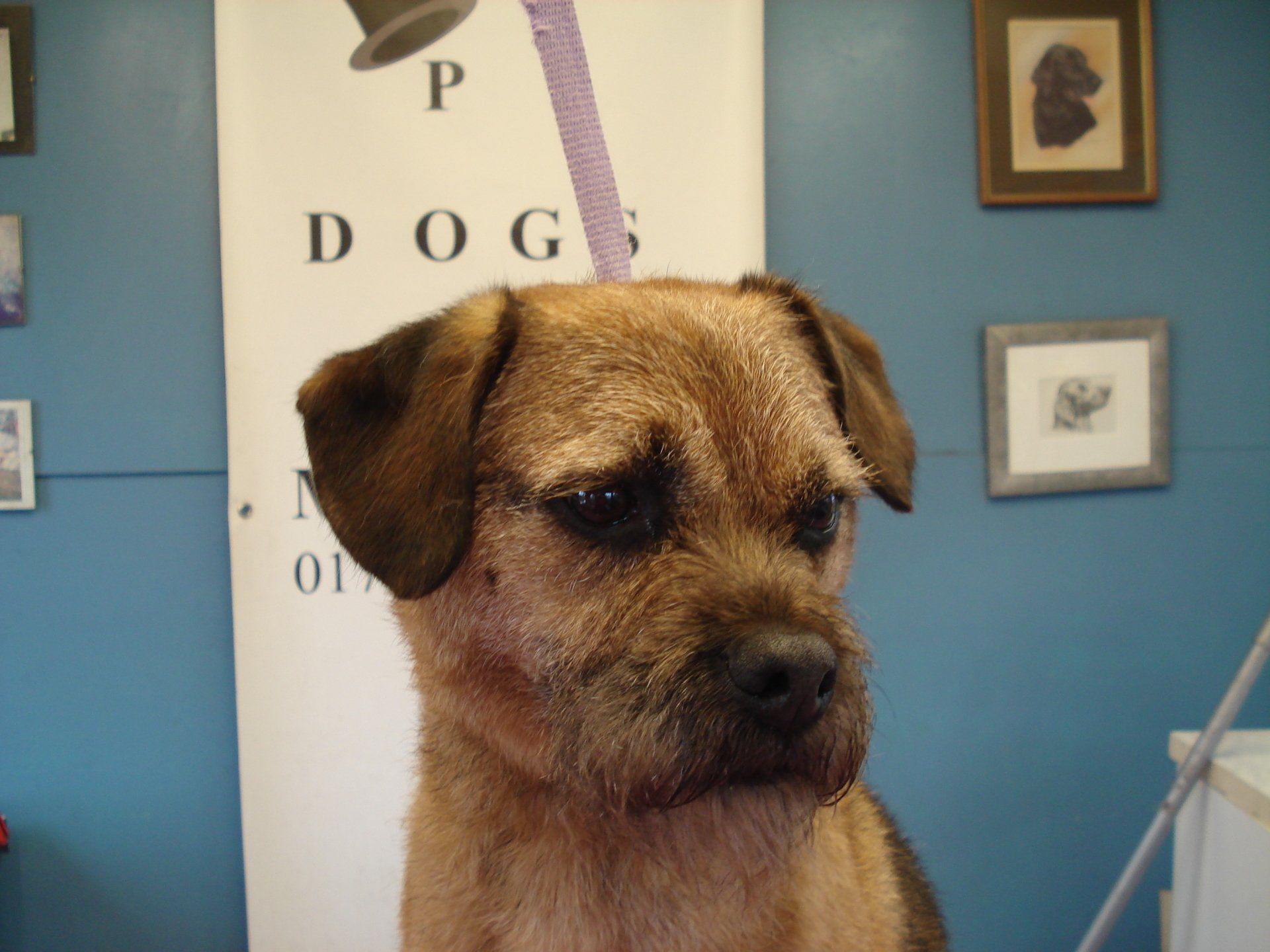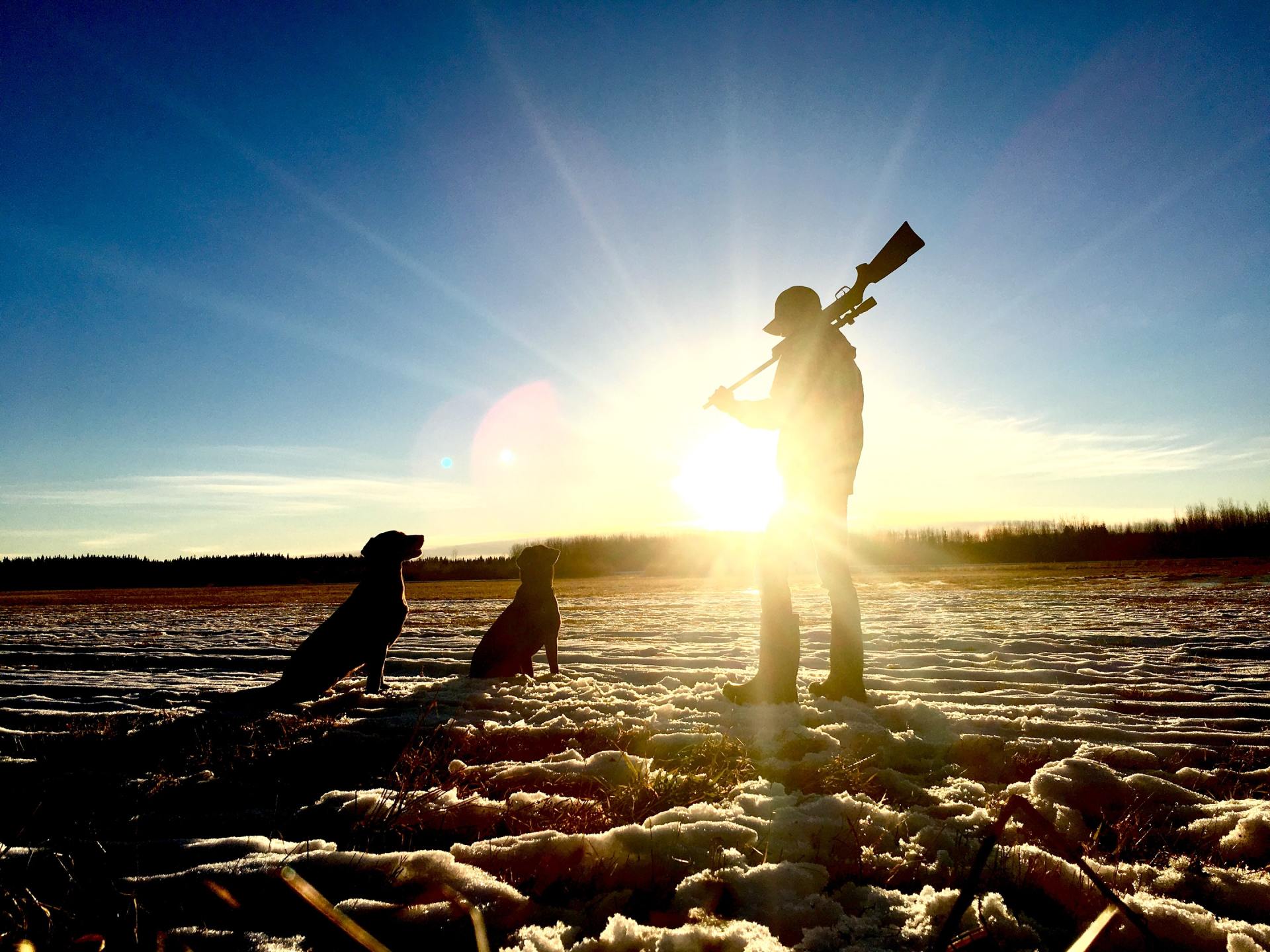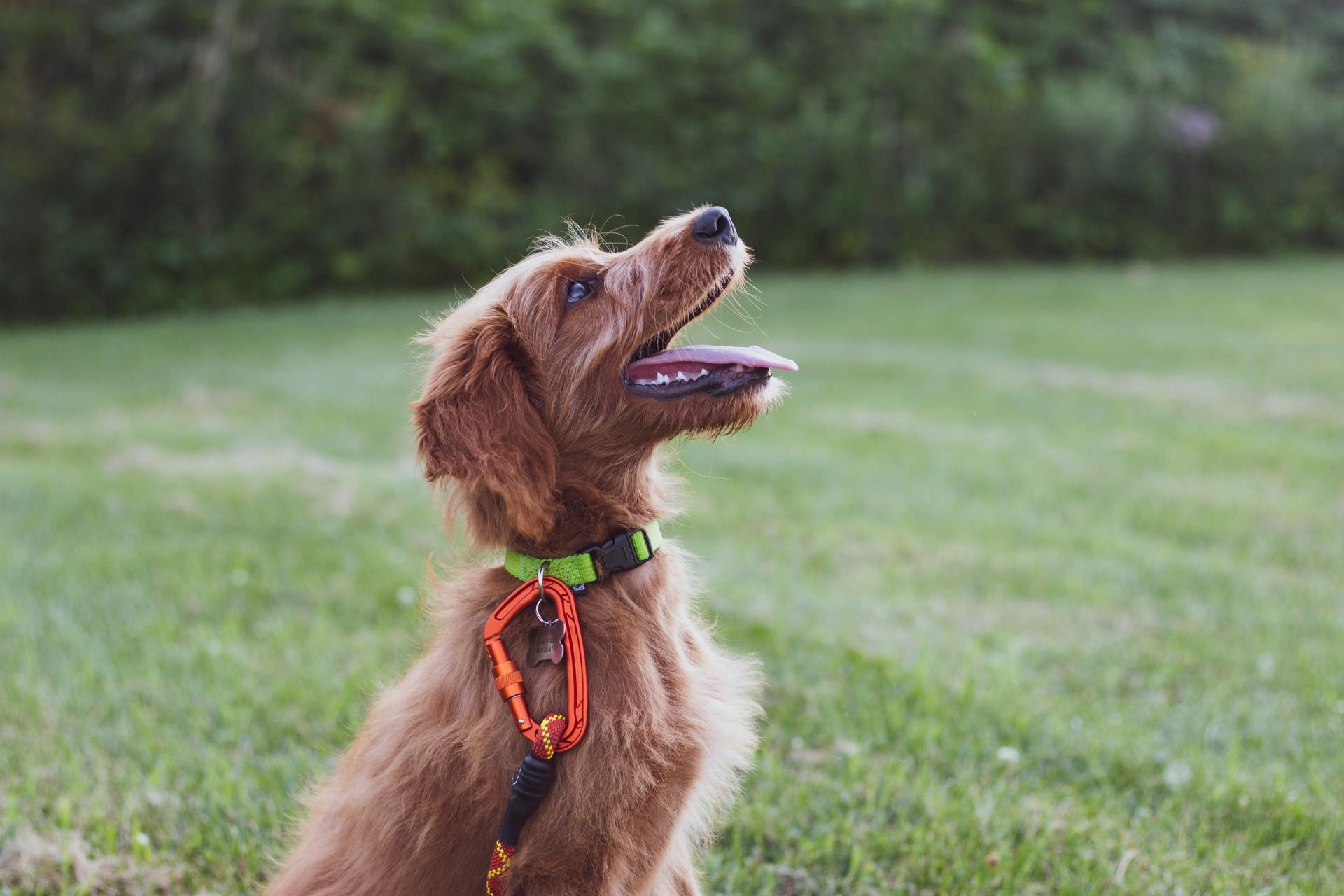P U P P I E S F I R S T L E S S O N
E X P E R T T I P S F R O M P O S H D O G S
At Posh Dogs with Lynette Irwin, a professional dog groomer, you can get a Retriever that Lynette has bred. Lynette has bred 12 litters, worked as a veterinary nurse and currently as a dog groomer. She also runs classes for puppy socialisation and gundog training.
Dog training sessions for puppies and grown dogs in Midhurst
Looking for an expert trainer for your puppy’s first obedience lesson? Lynette Irwin can help you out with professional dog training sessions for dogs of all breeds. Whether it is gundog training or basic agility training for your pooch, she can handle it efficiently. You can even sign up for dog grooming courses at the centre.
POSH DOGS ADVANTAGES
Comprehensive dog training session
Grooming and hand stripping
Expert gundog training
Training for puppies and grown dogs
Flatcoated Retriever breeder
Grooming courses available
EXPERT TIPS ON FIRST OBEDIENCE LESSON'S
from Lynette
"You now have your puppy, whatever puppy you chose, you are responsible for turning him/her into a safe, content dog that you can happily live with for the next 10 to 15 years.
You can start immediately with three essential lessons; to be left alone, to be clean in the house and to come to you when called.
Firstly, the puppy needs to learn to cope without its dam and littermates and to learn to sometimes be left on its own. A dog that does not cope with being alone is described as having separation anxiety and these dogs can bark and howl when left, destroy their surroundings and in the worst cases toilet in anxiety.
I don’t believe in leaving a pup alone on its first night to cry for hours, it is not necessary for it to learn the lesson immediately, although obviously taking the pup into bed with you may not be ideal. A dog cage is ideal for containing a pup as they can feel safer and are not going be able to get injured around the house or chew things that they shouldn't. Some people will sleep on a camp bed in the kitchen but it is fine to have a cage in the bedroom until they are happy. Make the cage comfortable for the puppy, give it possibly 2 types of bedding or leave half uncovered in case it is too warm, possibly a soft, safe chew toy and some little treats. A covered hot water bottle and ticking clock may resemble another pup. For the first introduction a blanket with the scent of his littermates and dam is a good idea. Leave water in the cage if possible.
A good way to get the pup to like the cage is to feed it all meals in there without shutting the door to start with. Another trick is to not let the pup sleep anywhere else, so that when they try to sleep keep waking them up until they try the cage. Once they are asleep, close the door. If the pup wakes in the night, get up immediately and let him out into the garden, a dog will learn to just ask once and then be happy that you are coming to help or they can learn to bark for 20mins to get you to come. Don’t talk or play with him, pop him back in and stay around until settled back to sleep or let him fiddle about until he tries to go to sleep. Use the cage during the day when you are around not just at night or when you go out, he needs to learn to be apart from the family and indeed other dogs in the house.
A pup should not be left in a cage for more than 3 hours at a time and must always be fed, watered and had ample time to toilet beforehand. They are less likely to soil their bed so it will help with house-training, a pup left loose in the kitchen will wake up and walk around and so will probably toilet. Ideally a pup should be taken out in the garden to a toilet area every twenty minutes while awake, every time he wakes up and after every meal. Praise every time they toilet outside, ignore any accidents inside but clean up with a biological cleaner to remove any trace of odour. Some puppies will pee with excitement when you greet them, don’t tell them off or they will just pee with submission, try to lessen the excitement or don’t greet the pup until outside. Puppies don’t have good bladder control until about 6 months so you need to think for them and if in doubt pop out into the garden. If they do pee in a part of the house or on a certain bed or mat, move the bed and put something in the way to prevent them getting to the place until the habit is broken.
A pup should always want to come to you, they are a pack animal so should happily follow wherever you go. A breeder may have called the puppies in to feed them so continue to do this. Don’t ever call if you think they are not going to come. Always praise them when they come and never do anything they may consider a punishment when you have called them. For example if you wanted to wash his feet and you know he does not like it, don’t call him, just go and get him instead. Never ever chase after him, try running away instead, he will chase you.
For the first few days the pup will be uncertain and not want to be on his own but as he gets more confident he may not come when you call so try not to call him at home but take him out to safe but new places and call and run away from him there. Always give masses of praise when he comes to you and a small food treat is OK but not used as a bribe when he has ignored you. Hiding from the pup when at home or out will make him like finding you. Always call in a happy voice or whistle as high pitched sounds are better. Don’t call if he is being fussed by somebody or playing with another dog, just go and get him. A thin house line can be left trailing if you are worried about the pup not coming, you then only need to get near the pup and you can stand on the line and bring him into you nicely rather than trying to grab the puppy which will make the puppy avoid you in the future. This is very useful in the garden if you think you could have a problem getting him in but never leave it on unless you are there or he could get tied up.
These three lessons can also be used with older dogs that have problems; you will have to keep up the new regime until the old habits are forgotten. When teaching an older dog to be left in a cage, you have to build it up just ten minutes at a time until he is happy to be in there for an hour or so with you in the house, you may not be able to go out and leave him alone for a few weeks."
OTHER SERVICES
OTHER SERVICES




